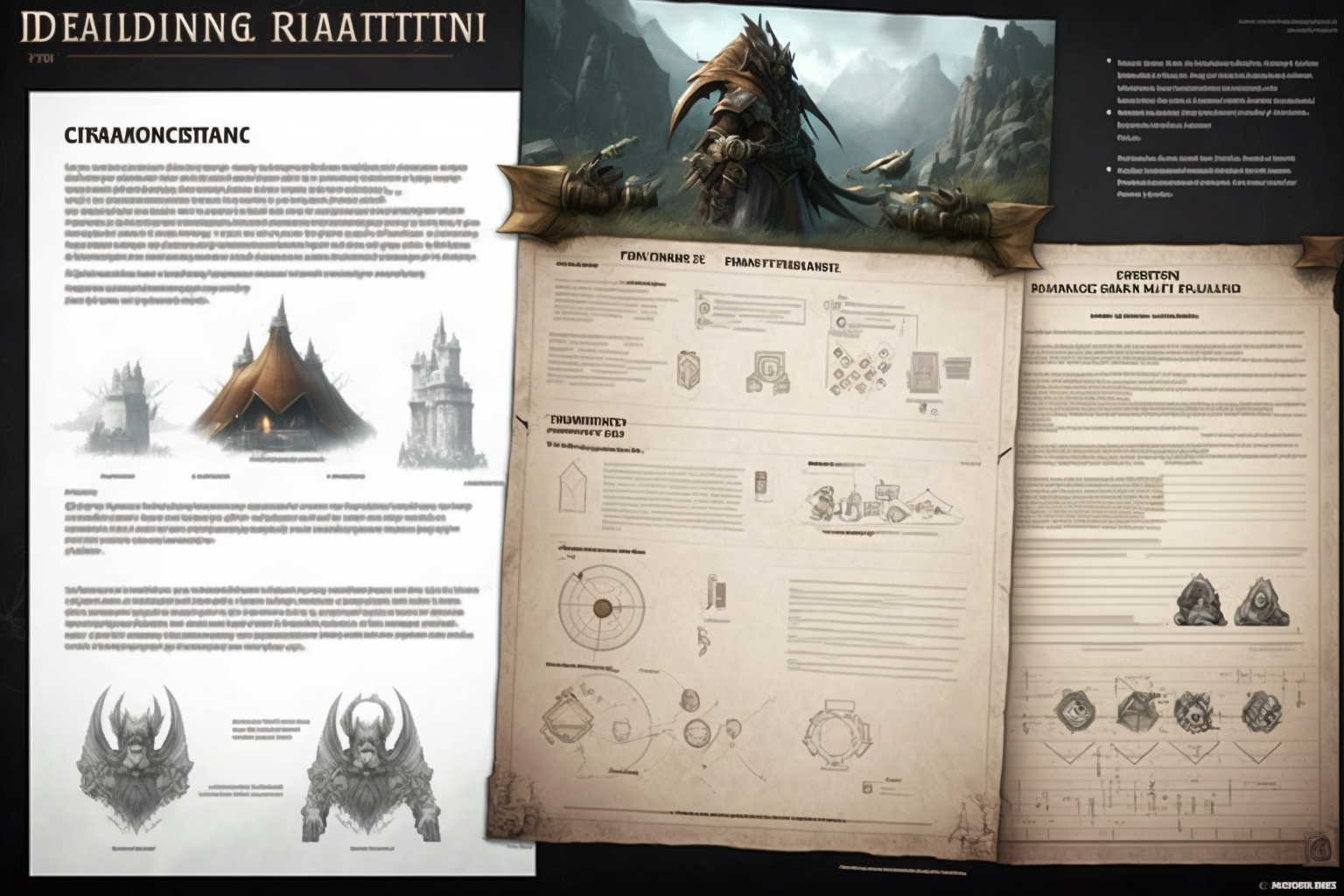
A game design document (GDD) is a comprehensive document that outlines the key elements and objectives of a video game project. The features included in a GDD will vary depending on the scope and complexity of the game, but there are some common elements that are typically included in most game design documents.
One of the essential features of a GDD is the game’s concept and theme, which provides an overview of the game’s setting, story, and overall vision. This section of the GDD often includes concept art, mood boards, and references to other media that inspire the game’s design.
Another critical feature of a GDD is the game mechanics, which outlines the rules, systems, and gameplay mechanics that will be used in the game. This section typically includes detailed descriptions of the game’s controls, objectives, levels, and player interactions.
A GDD will also typically include a section on game assets, which covers the various components required to create the game, such as characters, environments, sound effects, music, and animations. This section outlines the technical requirements and specifications for each asset and how they will be integrated into the game.
The GDD may also include a section on game balance, which ensures that the game is fun and challenging for players. This section outlines how the game will progress in terms of difficulty, and how various elements such as enemies, weapons, and power-ups will be balanced to provide a satisfying and rewarding experience for players.
Overall, a well-designed game design document should provide a clear and comprehensive overview of the game project, including its concept, gameplay mechanics, assets, and balance. A well-written GDD can serve as a roadmap for game development, ensuring that all team members are aligned and working towards the same goals.
